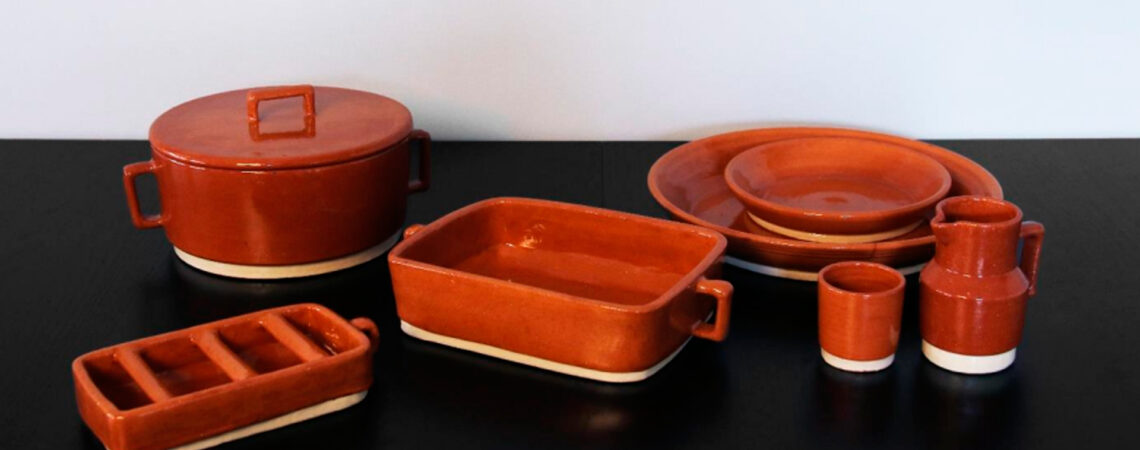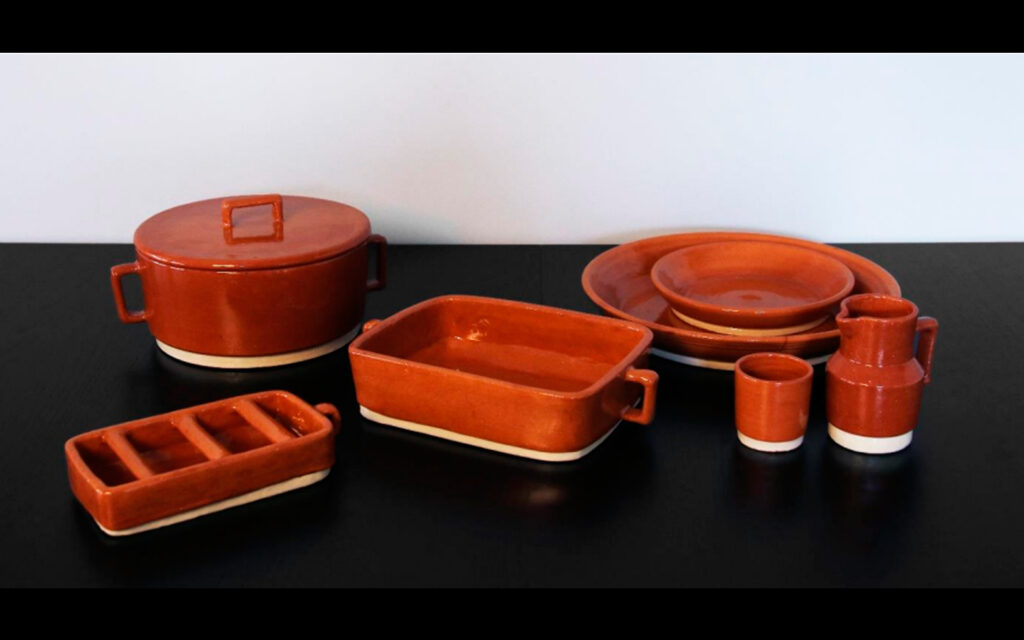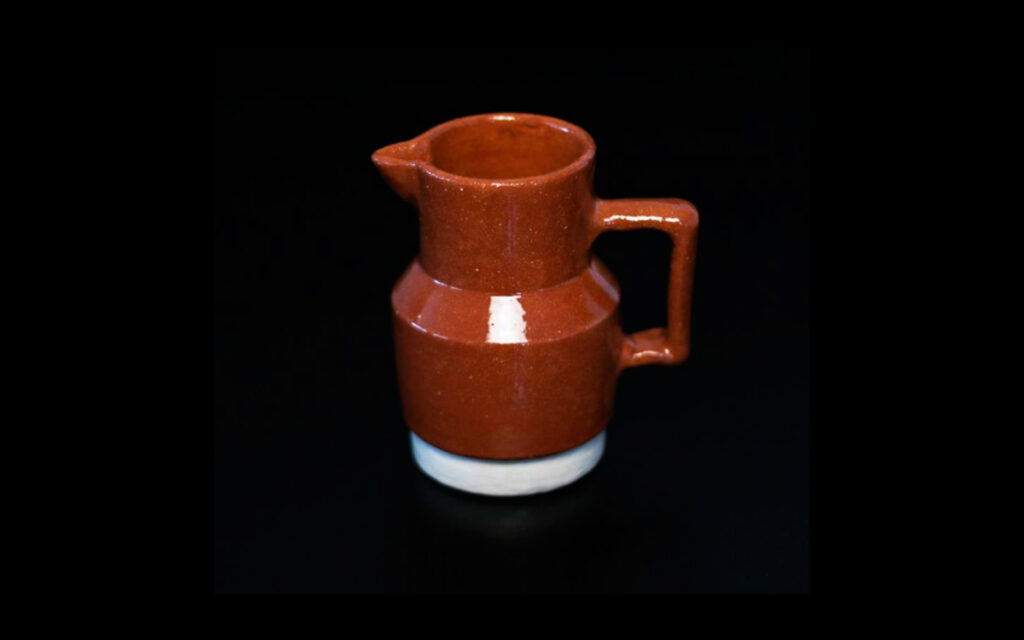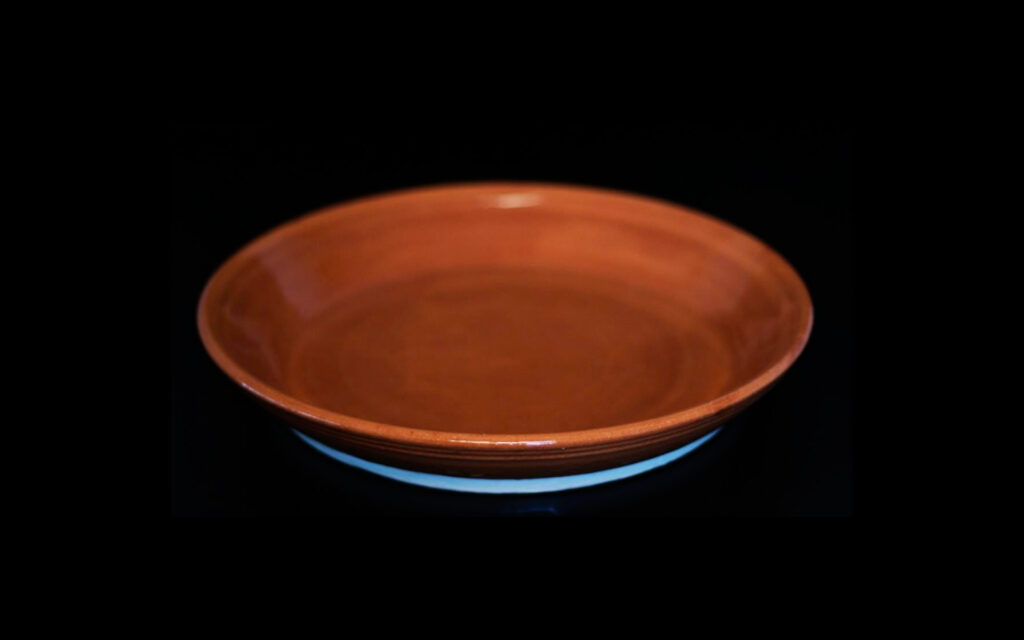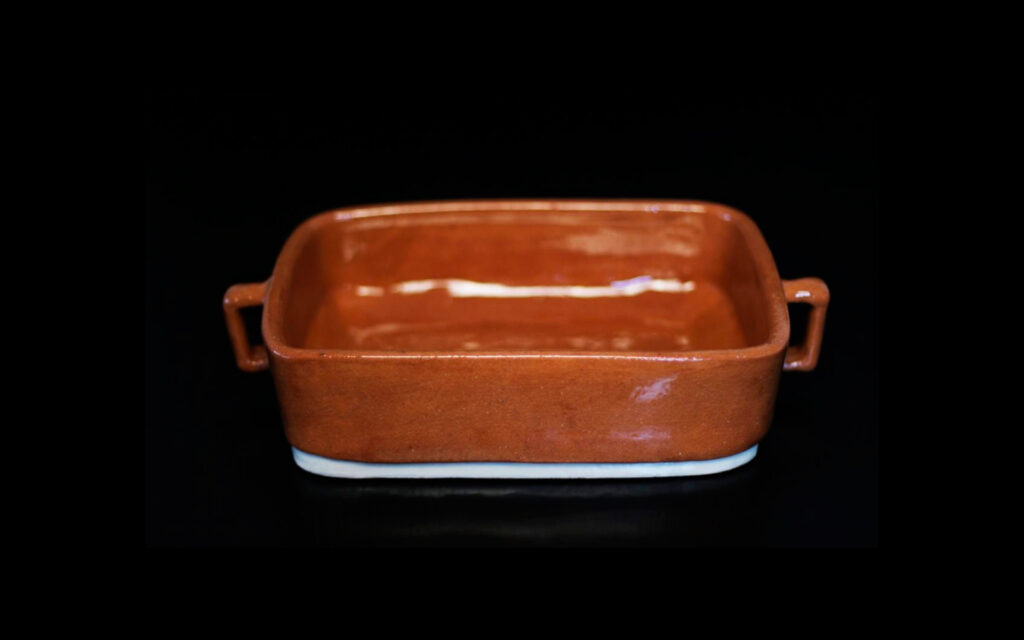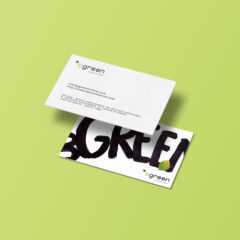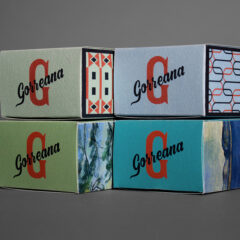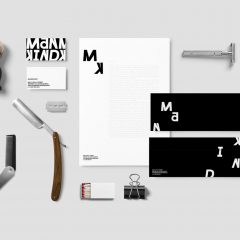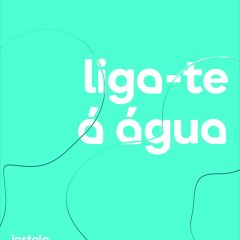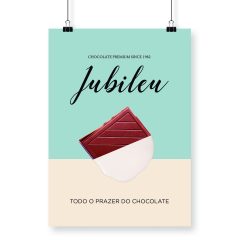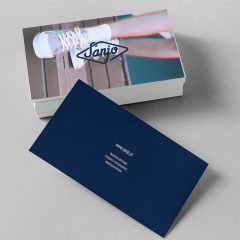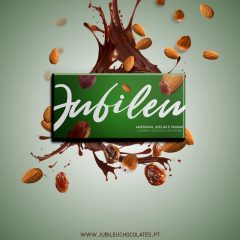Autoria
Nuno Alexandre Figueiredo Alves
Orientador
Rui Miguel Pereira Alves
Ano
2018
Curso
Mestrado em Design
Resumo
PT
Ao interligar as mãos ao pensamento, surge o caminho da comunicação que impulsiona a descoberta e a aquisição de conhecimento. Assente num leque variado de atributos, o barro permitiu, ao Homem, uma exploração inicial livre de especificações, assistindo-se, um pouco por toda a parte do globo, a uma ascensão no âmbito da cerâmica. Revelada pela procura de novas técnicas, formas, e melhorias contínuas dos materiais e equipamentos. “Lembremos que o barro é trabalhado com as mãos e que as mãos são o melhor instrumento que temos para criar. As mãos são, em todas as artes, os artífices do pensamento. As ideias transmitimo-las e perpetuamo-las através da escrita. O que temos no pensamento transmitimo-lo às mãos e perpetuamo-lo através da escultura, da pintura, da ourivesaria ou da arquitetura.” (R. H. da Silva, Fernandes, & Silva, 2003, p. 17). O presente Projeto tem como propósito, a partir da área do Design, evidenciar os processos artesanais da olaria barcelense, prestigiando-os através da criação de uma nova coleção de louça utilitária, composta por sete itens (baseada nos exemplares originais) – caneca, copo, tacho, prato, ladeira, assador e assadeira. Coleção esta que, apesar de intentar uma linguagem mais contemporânea, não exclui, na íntegra, o aspeto tradicional intrínseco ao seu local de origem. Produzida em Barcelos, na Cerâmica Soutelo, trata-se de uma coleção de produção única. Movidos por uma dimensão vinculada a um caráter puramente tradicional e secular, não se previa uma tarefa vulgar ao procurar alcançar a sua associação a uma outra dimensão, vigente e assente noutras premissas. Atualmente, perante uma sociedade que submete os indivíduos a um ritmo diário excessivamente acelerado, e a avanços tecnológicos capazes de uma industrialização próxima do descomedido – em que tudo é produzido em instantes -, o que em tempos primava pela singularidade, sabedoria, experiência e cunho humano, tem-se perdido no tempo. Neste seguimento, é fulcral repensar a revitalização das áreas artesanais – neste caso, com foco na olaria – em torno do progresso, ou seja, numa adaptação das suas capacidades ao panorama que se faz sentir nos dias que correm. Logo, e a partir da pegada material, deixada ao longo dos anos, que nos permite analisar o seu percurso e valores associados. Em relação à metodologia praticada, optamos por fracioná-la, essencialmente, em duas partes. A primeira, direcionada a uma vertente puramente teórica, focada na matéria subjacente aos processos artesanais, mais comuns, empregues na olaria (geral). Num momento posterior, mas ainda nesta parte, o objeto de estudo manteve-se incidindo, porém, no centro oleiro de Barcelos. Para além da aquisição de conhecimento que, até ao momento, não detínhamos, esta primeira parte mostrou-se essencial numa vertente de distanciamento entre o geral e o particular. Ou seja, a variação entre o que é assumido como standard e depois é manipulado segundo aspetos culturais. Na segunda parte, prevaleceu o caráter prático, fez-se a transição dos fundamentos para uma realidade palpável. Foi o momento em que, para além do contacto direto com o meio olaricos, iniciamos o desenvolvimento da coleção. Para tal, e face ao investigado, ditamos um conjunto de metas com o intento de traçar o caminho a percorrer. Destacam-se a preservação do caráter tradicional, a estilização das formas, e a redução decorativa. Ao longo das várias soluções que surgiam e para as quais recorremos a técnicas de desenho convencionais, a software BD (Solidvvorks) e de renderização (Keyshot), eis que alcançamos o resultado pretendido. Sem demora, principiou-se o fabrico de cada artigo da coleção BASE, acompanhado e devidamente documentado por meio fotográfico. Além de ter sido o momento em que os traços no papel se metamorfosearam em corpos sólidos, revelou-se uma experiência para além do sentido material. Apesar de um cenário, que, atualmente, pouco vigora, a interação em nada se mostrou dificultada. Desta forma, não só conseguimos alcançar um paralelismo real entre as numerosas noções abordadas – no enquadramento teórico do presente Projeto -, como também a relação desenvolvida entre oleiro e designer se revelou uma valia crucial tanto a nível pessoal como na qualidade dos resultados conquistados.
EN
By connecting hands to thought, the path of communication that drives the discovery and acquisition of knowledge arises. Based on a varied range of attributes, the clay allowed the Man an initial exploration free of specifications, observing, a little over the globe, a rise in the scope of pottery. Revealed by the search for new techniques, forms, and continuous improvements of materials and equipment. “Let us remember that the clay is worked with the hands and that the hands are the best instrument that we have to create. The hands are, in all the arts, the artisans of thought. We convey ideas and perpetuate them through writing. What we have in thought we transmit to the hands and we perpetuate it through sculpture, painting, goldsmithing or architecture ” (R. Silva, Fernandes, & Silva, 2003, p. 17). The purpose of this Project is to showcase the artisan processes of the Barcelos pottery, by means of the creation of a new collection of utilitarian crockery, consisting of seven items (based on the original copies) – mug, glass, pot, dish, slope, rotisserie and baking sheet. A collection that, despite trying a more contemporary language, does not exclude, in its entirety, the traditional aspect intrinsic to its place of origin. Produced in Barcelos, at Cerâmica Soutelo, it is a collection of unique production. Moved by a dimension linked to a purely traditional and secular character, a common task was not foreseen when seeking to achieve its association with another dimension, in force and based on other premises. Nowadays, before a society that submits individuals to an excessively accelerated daily pace, and technological advances capable of industrialization that is close to the unbridled – in which everything is produced in seconds -, which in time exceled by the singularity, wisdom, experience and human imprint, has been lost in time. ln this way, it is crucial to rethink the revitalization of the artisanal areas z in this case, with a focus on pottery – around the progress, that is, in an adaptation of its capacities to the panorama that is felt in these days. Therefore, it is from the material’s footprint, left over the years, that allows us to analyze its path and associated values. Regarding the practiced methodology, we chose to fractionate it, essentially, in two parts. The first, directed to a purely theoretical aspect, focused on the matter underlying the most common handcrafted processes employed in pottery (general). Later, but still in this part, the object of study remained, however, in the pottery of Barcelos. ln addition to the acquisition of knowledge which, so far, we did not have, this first part was essential in a distance between the general and the particular. That is, the variation between what is assumed as standard and then is manipulated according to cultural aspects. In the second part, the practicality prevailed, and the fundamentais transitioned to a palpable reality. lt was the moment in which, in addition to the direct contact with pottery, we began the development of the collection. For this, and in view of the investigated, we dictate a set of goals with the intention of tracing the way to go. The preservation of the traditional character, the stylization of the forms, and the decorative reduction are the ones which stand out. Throughout the various solutions that emerged and for which we used conventional drawing techniques, 3D software (Solidworks) and rendering (Keyshot), we have achieved the desired result. Without further ado, the manufacture of each item in the BASE collection was started, accompanied and duly documented by photographic means. ln addition to being the moment when the sketches on paper metamorphosed into solid bodies, it proved to be an experience beyond material meaning. Despite a scenario, which currently does not apply, the interaction was not hindered. ln this way, not only can we achieve a real parallelism between the many notions we have discussed z in the theoretical framework of this Project – but also the relationship developed between potter and designer has proved to be a crucial value both personally and in terms of the quality of the results achieved.

